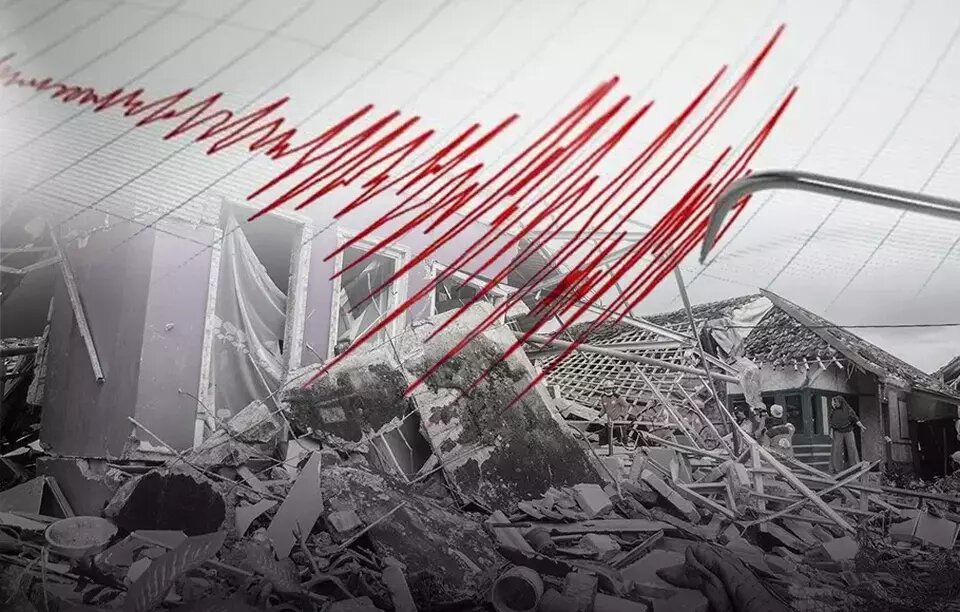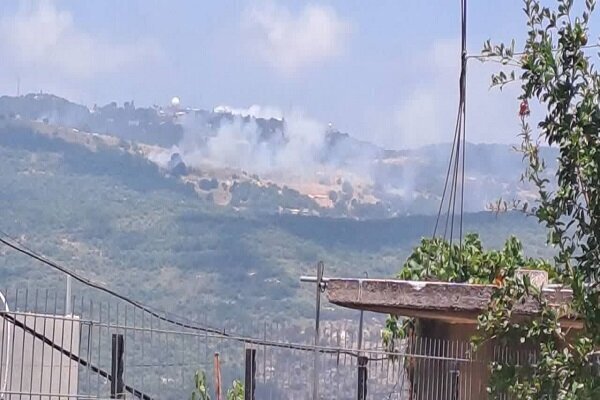Major Earthquake Rocks Ecuador: A Strong Tremor Trembles the Nation
On February 1, 2023, a powerful earthquake struck Ecuador, sending shockwaves through the region. This seismic event has raised concerns among local authorities and residents, prompting discussions about preparedness and response strategies for future earthquakes.
The earthquake, measuring significant magnitude, occurred in the afternoon, causing widespread panic and disruption. Residents reported feeling the ground shake, and many rushed to evacuate buildings for safety. This incident has underscored the importance of earthquake preparedness in seismic zones.
Impact of the Earthquake
The tremor had a notable impact on various aspects of life in Ecuador. Here are some key points regarding the aftermath of the earthquake:
- Structural Damage: Many buildings, especially older structures, suffered damages ranging from cracks to complete collapses.
- Casualties: Initial reports indicated injuries, with emergency services mobilized to assist those affected.
- Infrastructure Disruptions: Roads were blocked, and essential services such as electricity and water supply faced interruptions.
- Evacuation Efforts: Local authorities initiated evacuation protocols to ensure the safety of residents in the most affected areas.
Government Response
In response to the earthquake, the Ecuadorian government has activated emergency response plans. Key actions taken include:
- Assessment of Damage: Teams are being deployed to evaluate the extent of damage across various regions.
- Emergency Services Mobilization: First responders, including firefighters and medical teams, have been dispatched to provide immediate assistance.
- Public Safety Announcements: Authorities are urging residents to remain vigilant and report any damages or injuries.
- Community Support Initiatives: Programs are being set up to support those displaced or affected by the earthquake.
Preparedness for Future Earthquakes
This earthquake serves as a reminder of the need for ongoing preparedness in earthquake-prone regions. To mitigate the impacts of future seismic events, here are some recommended strategies:
- Building Codes Review: Strengthening building codes can help ensure that structures are resilient to seismic activities.
- Public Education: Increasing awareness about earthquake safety measures can empower communities to respond effectively.
- Emergency Drills: Regular drills can prepare individuals and families for quick evacuation and safe practices during an earthquake.
- Community Planning: Developing community emergency plans can enhance coordination among residents and local authorities during a crisis.
Conclusion
The February 1 earthquake in Ecuador highlights the urgent need for preparedness and effective response strategies in the face of natural disasters. As communities begin the recovery process, it is crucial to learn from this event to minimize the impact of future earthquakes. By focusing on construction resilience, public education, and community planning, Ecuador can better equip itself to handle such challenges in the future.






